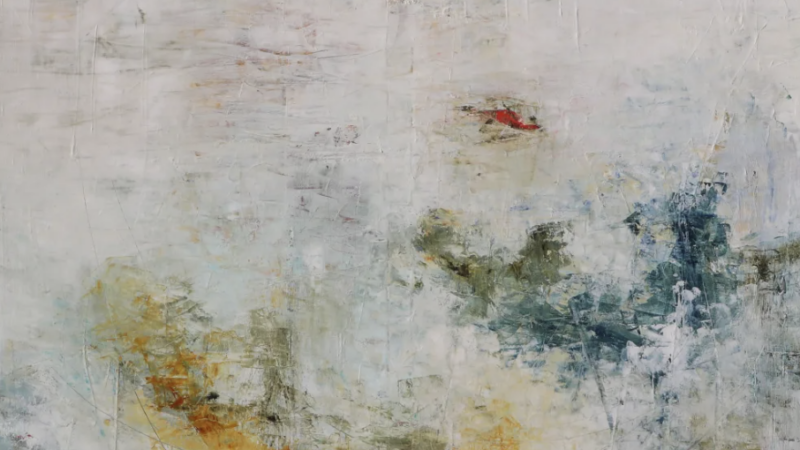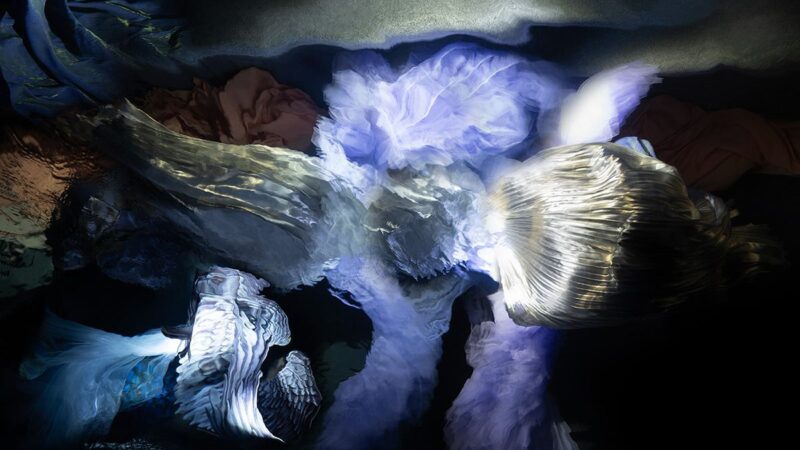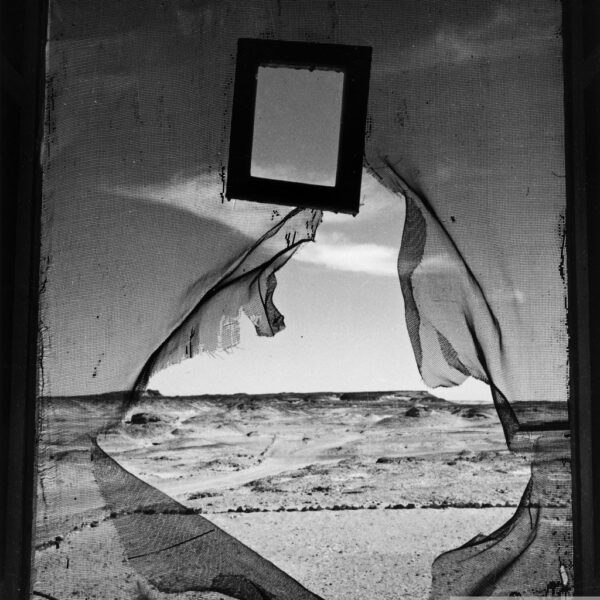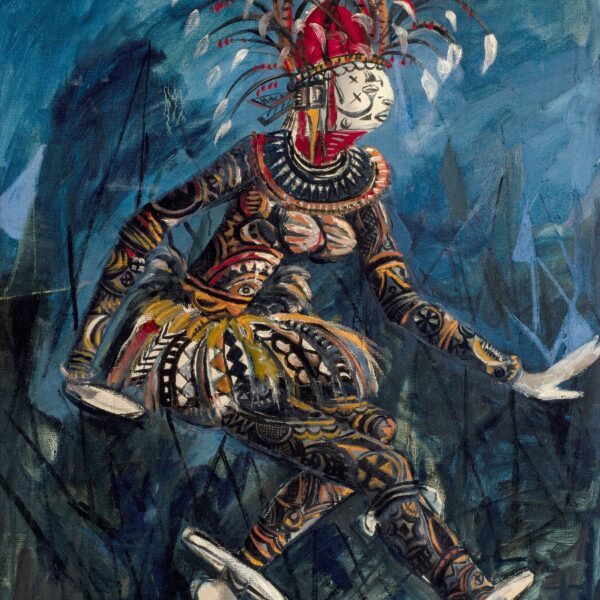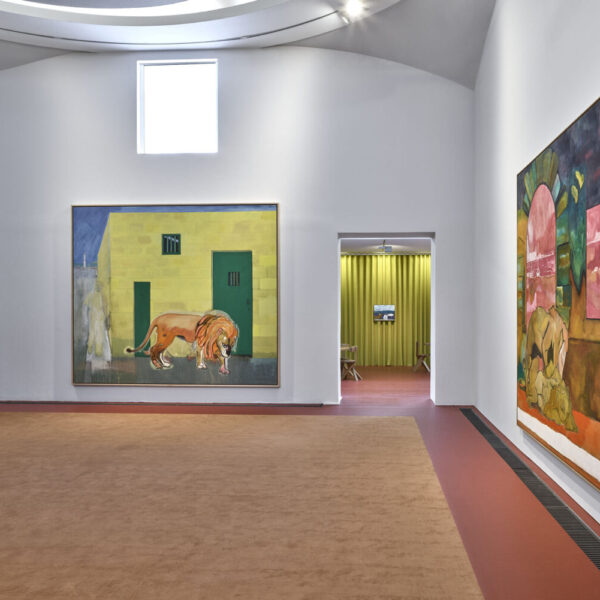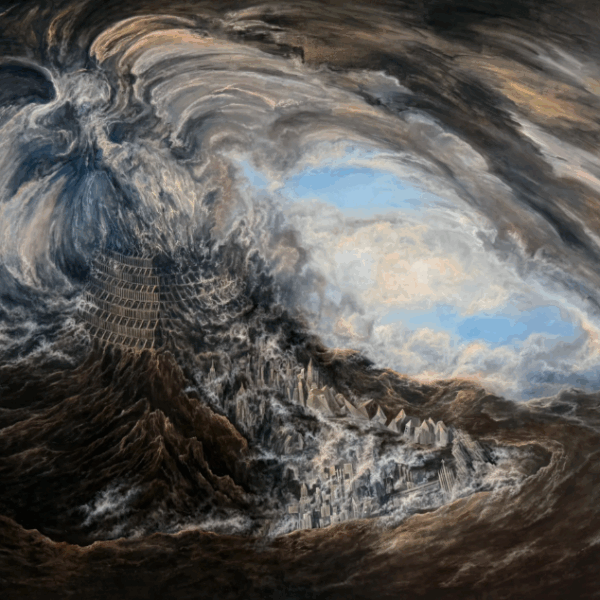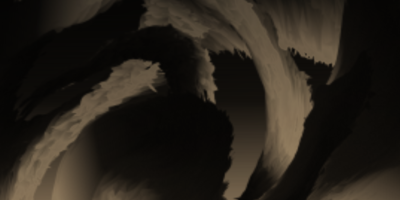Ancient India: Living Traditions | British Museum
In the hush of the British Museum’s newest exhibition, it feels as if the air itself has slowed down. The Tree of Life: Art, Faith and the Spirit of Ancient India gathers more than 180 sacred objects from across centuries and continents, tracing how early Indian art transformed from simple symbols into some of the most expressive religious imagery in the world.
This is not just a show about beautiful things, though it is filled with them. It is about how art became a bridge between the human and the divine. Two millennia ago, Indian artists began to move away from the abstract and toward a vivid portrayal of the body and spirit. The result, seen in the stone reliefs from the Great Stupa of Amaravati, is a moment when sculpture learned to breathe.
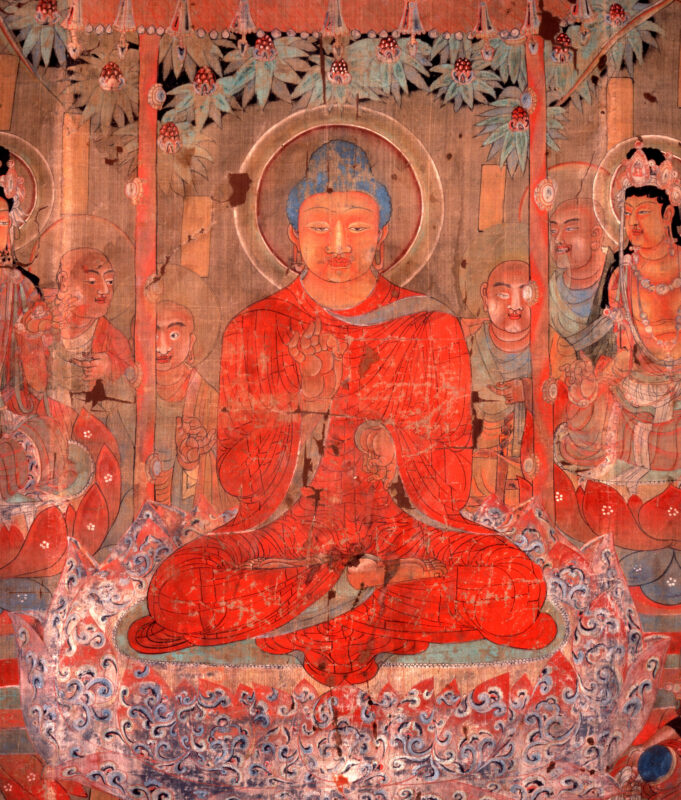
Silk watercolour painting of the Buddha, China, about AD 701–750 © The Trustees of the British Museum
The limestone carvings are a revelation. Crowds of pilgrims and animals fill the scenes, their bodies full of movement and vitality, yet the overall composition remains serene. It is as if the artists found a way to express the energy of life without chaos. One panel depicting a procession of merchants and horses captures this perfectly, the figures swelling and receding in gentle rhythm. Buddha appears nearby, still and calm, the axis around which all this motion turns.
The exhibition spans the intertwined worlds of Buddhism, Hinduism and Jainism, tracing how each faith responded to and inspired the others. The earliest Buddhist works provided a model for storytelling and emotion, and soon Jain and Hindu artists were carving their own visions of enlightenment and compassion. A series of Jain sculptures gleams with quiet grace, their elongated figures embodying serenity and detachment. Nearby, Hindu art bursts into joyful form, most memorably in the irresistible figure of Ganesha.
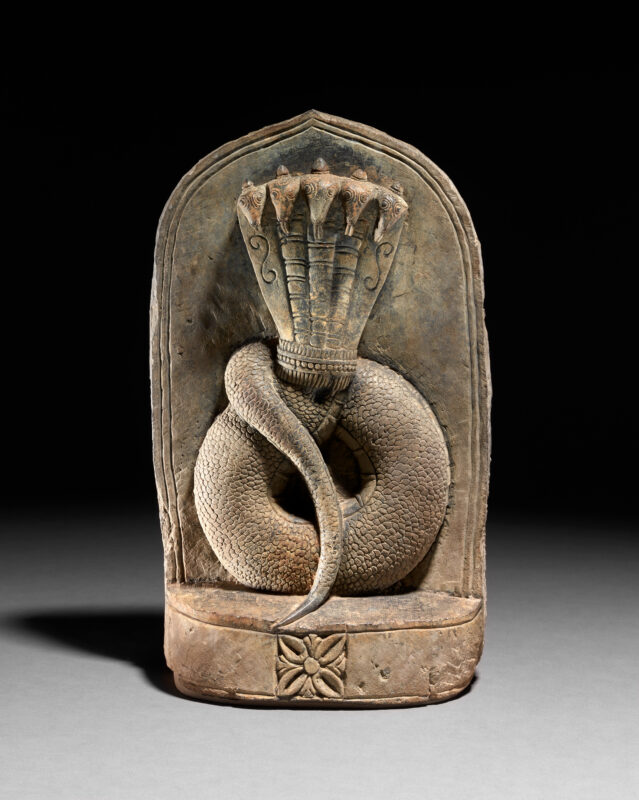
Naga, about 17th century © The Trustees of the British Museum
A volcanic stone Ganesha from Java, carved around the 12th century, is both majestic and endearing. His elephant head is rendered with remarkable precision, his gentle gaze suggesting wisdom and humour in equal measure. The artist’s sensitivity to the animal’s power and pathos makes the god not just divine but deeply human.
Throughout the show, the curators emphasise how these traditions embraced life rather than turning away from it. Sensuality, fertility and the natural world all have their place. The graceful yakshi figures, with their curved forms and cascading jewellery, celebrate the creative power of the feminine. Even scenes of birth and transformation are treated with reverence rather than restraint.
What makes this exhibition particularly affecting is the way it connects the ancient with the living. Alongside the sculptures and manuscripts are films of modern-day practitioners – Hindus, Buddhists and Jains in Britain – speaking about their faiths and the meanings these images still hold for them. It is a reminder that these are not relics of a vanished past but part of an unbroken spiritual conversation.
The design of the show reinforces this sense of continuity. The rooms are softly lit, with coloured veils and shadows that create an atmosphere somewhere between a temple and a dream. In the final space, a silk painting of the Buddha from eighth-century China glows in rich reds and greens, a testament to how far these ideas travelled. Beside it, a serene Ganesha from Java reflects how Indian art spread across oceans, carrying its vision of life and renewal.
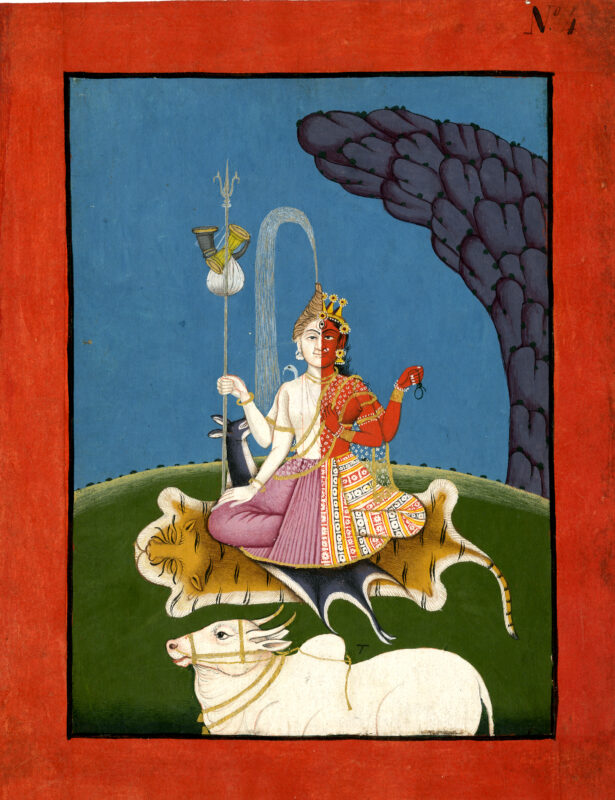
Ardhanarishvara, lord who is half woman, Shiva and Parvati combined in one deity © The Trustees of the British Museum
This is an exhibition that does not simply recount history but restores wonder. It shows how art, in its purest form, can be both sacred and sensual, earthly and transcendent. Where Western religion often associates holiness with renunciation, here the divine is found in the texture of everyday existence – in touch, breath and rhythm.
By the time you leave, you may find yourself looking at the world differently: aware, as these artists were, that the spiritual and the material are not opposites but partners in creation. The British Museum’s Tree of Life offers not only a glimpse of ancient India but a lesson in seeing – one that feels urgently modern.
The exhibition runs through to October 19


